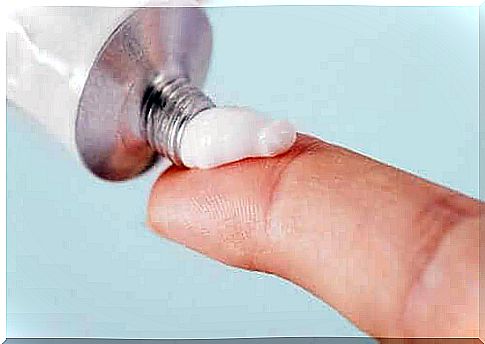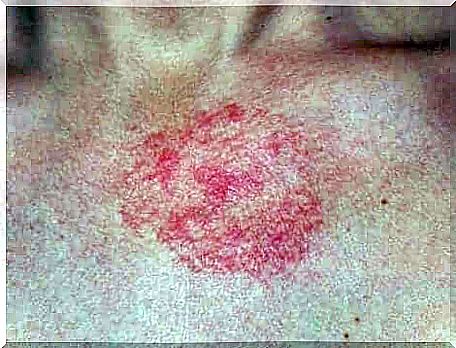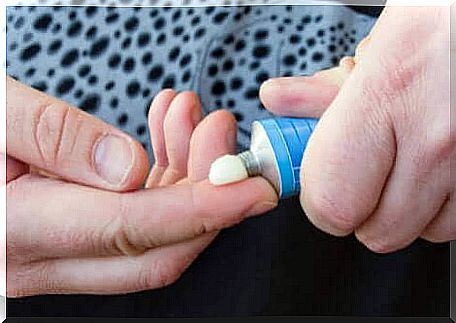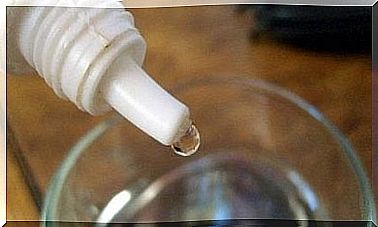Betamethasone While Breastfeeding
Corticosteroids work by decreasing the release of substances that cause inflammation. Therefore, betamethasone is useful for diseases involving excessive inflammation.

Betamethasone is a medicine that belongs to the group of corticosteroids or corticosteroids. These are synthetic glucocorticoids that have immunosuppressive and anti-inflammatory effects. Topical derivatives of betamethasone are used as anti-inflammatory drugs in the treatment of dermatoses sensitive to corticosteroids.
What are the indications for betamethasone?

Because of its immunosuppressive effects, betamethasone is used to treat symptoms caused by a sudden drop in corticosteroid levels in the body. It works by reducing the release of substances that cause inflammation. It is therefore useful for diseases involving excessive inflammation.
Among the indications of betamethasone, we can cite:
- Primary or secondary insufficiency of corticosteroids in the body. For example, Addison’s disease.
- Shock situations caused by bleeding, trauma or severe infection.
- Asthma.
- Rheumatic diseases.
- Ulcerative colitis.
- Dermatoses sensitive to corticosteroids, such as exfoliative dermatitis, urticaria, erythema multiforme or severe psoriasis.
- Ophthalmic diseases: severe acute or chronic allergic and inflammatory processes. For example, allergic conjunctivitis, keratitis, allergic corneal marginal ulcers or ophthalmic herpes zoster.
How to use it ?
Betamethasone can be purchased in different forms of administration: oral, parenteral and topical. The appropriate dose of this corticosteroid is different for each patient and is adjusted according to the pathology to be treated.
Topical preparations are applied in a thin layer to the area to be treated. However, intralesional administration is indicated for the treatment of keloids, chronic uncomplicated lichen, lupus erythematosus or alopecia aerata.
It is also very important to avoid stopping treatment suddenly. Especially if it has lasted a long time. The corticosteroid withdrawal syndrome can indeed appear. Among the possible symptoms we find:
- General malaise.
- Weakness and muscle pain.
- Anorexia.
- Nausea and vomiting.
- Fever.
- Difficulty breathing.
- Drop in blood pressure and glucose in the blood.
Contraindications and precautions for use

Among the contraindications related to the use of betamethasone, we can mention:
- Allergy to corticosteroids.
- Systemic infection with fungi.
- Administration of live or attenuated virus vaccines.
- Injections into fragile joints, infected areas or intervertebral spaces.
On the other hand, precaution is required in the case of the following diseases:
- Bone pathologies.
- Gastric or intestinal ulcer.
- Diabetes mellitus.
- Heart, liver or kidney disease.
- Glaucoma.
- Thyroid disorders.
Betamethasone and breastfeeding
Regarding the use of betamethasone during breastfeeding, there is some evidence that the amount that passes into the milk can be significant. This is why, during prolonged treatments, it is preferable to use corticosteroids known for their weak passage in the milk.
However, it is compatible with breastfeeding, provided it is applied occasionally and during short treatments. Nevertheless, in this case it is also necessary to monitor the production of milk.
On the other hand, when betamethasone is given during the pre-delivery period, it can delay the flow of milk and reduce its quantity during the first week.
Side reactions to betamethasone
In general, short treatments do not produce adverse effects. However, longer treatments can lead to atrophy of the adrenal glands.
When given topically, betamethasone can cause side reactions which, if severe or do not go away, make it necessary to see a doctor.
As adverse reactions, the following may occur:
- Burns.
- Itching.
- Irritations.
- Redness.
- Growth of unwanted hair.
- Skin color changes.
In addition, other symptoms may also appear such as intense urticaria, pronounced redness, edema or signs of skin infection in the area of application of the drug.
If betamethasone is applied in its topical form in children, the risk of side effects is greater. This includes, in particular, stunted growth and weight gain.
At the systemic level, during prolonged treatment, the intensity of the associated side effects increases with the dose, as well as their duration.
The following are some side effects that may appear after oral or parenteral administration of betamethasone:
- Swollen eyes.
- Respiratory disorders.
- Frequent urination.
- Increased thirst.
- Dark stools.
- Vision disturbances.
Conclusion…
Betamethasone is a corticosteroid that is used primarily in its topical form. It is useful for the treatment of diseases caused by various skin problems. Finally, it should always be used as directed by the specialist.









